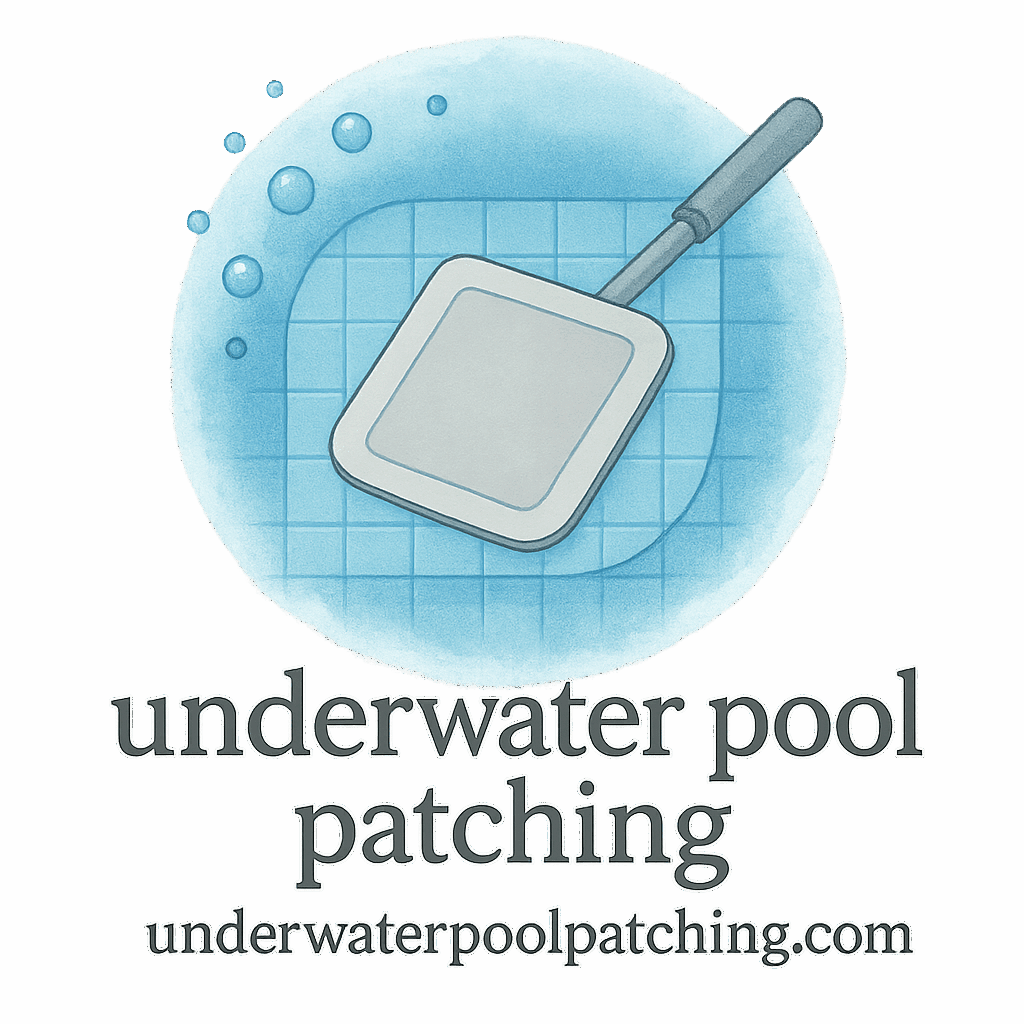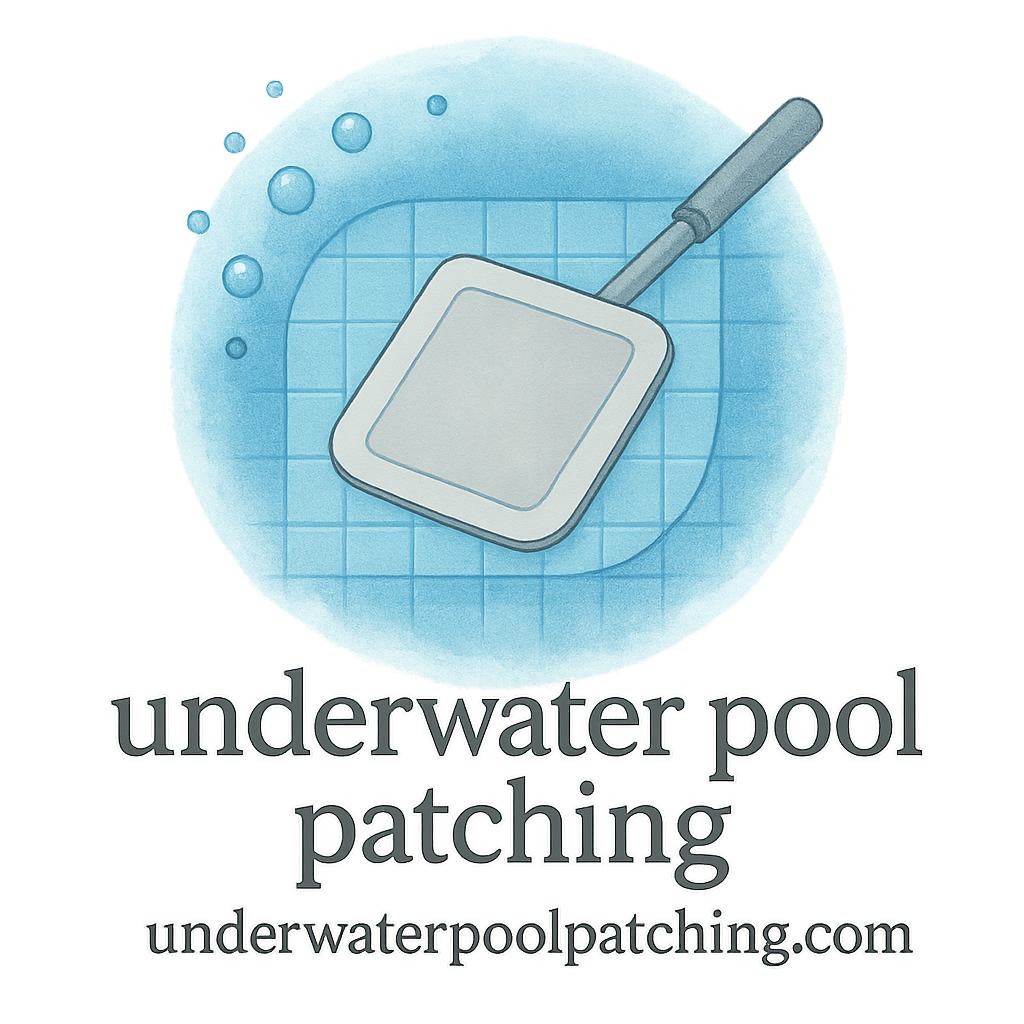Let’s face it — pool maintenance is more than just skimming leaves and checking chlorine levels. When your pool develops a leak, especially one under the waterline, you need a patch that won’t quit. And with all those harsh chemicals in the mix? Not just any patch material will do. In this guide, we’ll dive (pun intended!) into the 8 best underwater pool patch materials that resist pool chemicals, helping you keep your pool sealed tight and looking great all year long.
Why Chemical-Resistant Patch Materials Matter
The Impact of Harsh Pool Chemicals
Your pool is basically a cocktail of chlorine, bromine, algaecide, stabilizers, and other chemical agents that keep water safe and clear. But guess what? These chemicals are just as good at breaking down poor-quality patch materials as they are at killing bacteria.
Long-Term Cost and Maintenance Considerations
A cheap patch may save you a few bucks today, but repeated failures will have you spending more over time. The right material resists those chemicals, extends patch life, and saves on future repairs. Don’t forget to factor in the value of routine inspections and diagnosis, which can be explored further at underwaterpoolpatching.com/inspection-diagnosis.
How to Choose Underwater Pool Patch Materials
Durability and Flexibility in Water
A patch that cracks or peels under water pressure is basically useless. Flexibility matters just as much as strength.
Compatibility with Pool Surfaces
Not all patches work on every type of surface. Some are perfect for vinyl liners; others are ideal for gunite or fiberglass pools.
Resistance to UV, Algae, and Chlorine
Your pool patch should stand up to sunlight, chlorine, and the ever-present threat of algae. Bonus if it also resists abrasion and movement.
8 Underwater Pool Patch Materials That Resist Pool Chemicals
Let’s break down the best materials for underwater patching — the ones that laugh in the face of harsh chemicals.
1. Epoxy Resin Patches
What Makes Epoxy So Tough?
Epoxy is the MVP of underwater pool patches. It cures underwater, adheres like crazy, and shrugs off pool chemicals like it’s no big deal. It’s a fan favorite among professionals — and for good reason.
Best Use Cases and Lifespan
Best for structural cracks in concrete or fiberglass pools. With proper application, epoxy patches can last years without budging. Learn more about epoxy’s strength and versatility at underwaterpoolpatching.com/tag/epoxy.
2. Vinyl Patch Kits
Easy Application for Vinyl Liners
Got a vinyl liner pool? These self-adhesive patches are easy, cheap, and surprisingly effective — especially when applied underwater.
When to Use Vinyl vs. Other Options
Use vinyl patches for minor rips or tears. For anything structural, though, they might not cut it. They’re a great short-term money-saving option. See more at underwaterpoolpatching.com/tag/money-saving.
3. Butyl Rubber Patches
Incredible Sealing Properties
Butyl rubber is like super glue for your pool. It’s sticky, stretchy, and resistant to nearly everything — including chlorine and UV rays.
Chemical and UV Resistance Combined
This is a go-to for sealing skimmers, jets, and small cracks where a pressure test may have revealed a leak. Learn more at underwaterpoolpatching.com/tag/pressure-test.

4. PVC (Polyvinyl Chloride) Patches
Flexible and Widely Available
PVC patches are all-around performers. They’re flexible, easy to apply, and affordable.
Ideal Pools and Use Scenarios
Perfect for DIY fixes in vinyl or above-ground pools. They also pair well with glue-based patch kits. Don’t miss the patching materials overview.
5. Neoprene Patching Material
Flexibility Under Pressure
Neoprene isn’t just for wetsuits. It handles pressure changes, movement, and shifting liners with ease — making it ideal for underwater environments.
Application Tips for Longevity
Clean the surface well, apply with a strong adhesive, and give it time to cure. Neoprene patches also resist stretching and tearing, adding to their patch life value — learn more here.
6. Silicone-Based Patches
Superior Chemical Resistance
Silicone is naturally resistant to chlorine, salt, and UV. It’s also extremely flexible, so it works well in high-stress areas.
Smooth Application and Set Time
Silicone patches are often used in combination with caulking to fill gaps and cracks. They’re ideal for those looking for maintenance-friendly options — see underwaterpoolpatching.com/tag/maintenance.
7. Thermoplastic Patches
Fusion Sealing Technology
These require heat to bond but create an incredibly durable seal once cooled. Best for long-term fixes on plastic pool components.
Great for High-Use Pools
Thermoplastic patches shine in commercial pools where durability and cost-saving performance are a must. Learn more about budgeting pool repair at underwaterpoolpatching.com/cost-budgeting.
8. Fiberglass Reinforced Patches
High-Strength Bonding
These are not your average patches. Fiberglass reinforcement adds strength and durability, especially when paired with resin adhesives.
Long-Term Durability in Harsh Pools
Perfect for concrete and gunite pools with serious cracks. Also popular in restoration and repair work — visit this tag for related info.
Which Material Is Right for You?
Matching the Patch to the Problem
Small vinyl tears? Go for a vinyl patch. Major concrete crack? Grab that epoxy or fiberglass solution. Match your material to the type and size of the damage.
Pool Owner or Professional?
Some patch jobs are DIY-friendly. Others? Not so much. If it’s complicated, it might be time to consult a professional from Underwater Pool Patching.
Tips to Maximize Patch Lifespan
Surface Prep is Everything
The surface must be squeaky clean — no algae, oils, or loose particles. This ensures proper adhesion and avoids premature failure.
Regular Maintenance & Inspections
Spotted a patch starting to peel? Catch it early with routine maintenance and prevention. Your wallet will thank you.
Budgeting for Pool Patch Materials
Cost-Saving Tips for DIY Repairs
Buy in bulk, compare patch kits, and don’t ignore long-lasting materials even if they cost more upfront. They often save you hundreds later.
Knowing When to Call in Pros
If the leak is below a skimmer, near plumbing, or involves structure? That’s a job for the pros. Don’t risk turning a small issue into a pool-draining nightmare.
Final Thoughts on Choosing Durable Patch Materials
The right underwater pool patch material can mean the difference between a quick fix and a pool disaster. With the right product, surface prep, and a little know-how, you can tackle most issues head-on — no drained pool required.
When in doubt, head over to the expert guides and material comparisons at UnderwaterPoolPatching.com — your one-stop-shop for patching tips, product suggestions, and more.
FAQs
1. How long do underwater pool patches last?
Depending on the material, patches can last from a few months to several years. Epoxy and fiberglass options offer the best longevity.
2. Can I patch a pool leak without draining it?
Yes! Most of the materials listed above are designed for underwater application. No draining needed.
3. What’s the best patch material for vinyl pools?
Vinyl patch kits and PVC patches are best for liner pools. They’re flexible and chemically resistant.
4. Do pool chemicals weaken patches over time?
Yes, especially chlorine and UV light. That’s why chemical-resistant materials like epoxy, silicone, and butyl rubber are ideal.
5. How do I know if my patch has failed?
Watch for peeling edges, air bubbles, or continued water loss. Regular inspections help catch failures early.
6. Are fiberglass patches overkill for small leaks?
Yes, they’re better for large structural repairs. Stick with vinyl or silicone for small, simple leaks.
7. Can I use multiple patch materials together?
In some cases, yes. For example, fiberglass with epoxy works well. Just make sure the materials are compatible.


